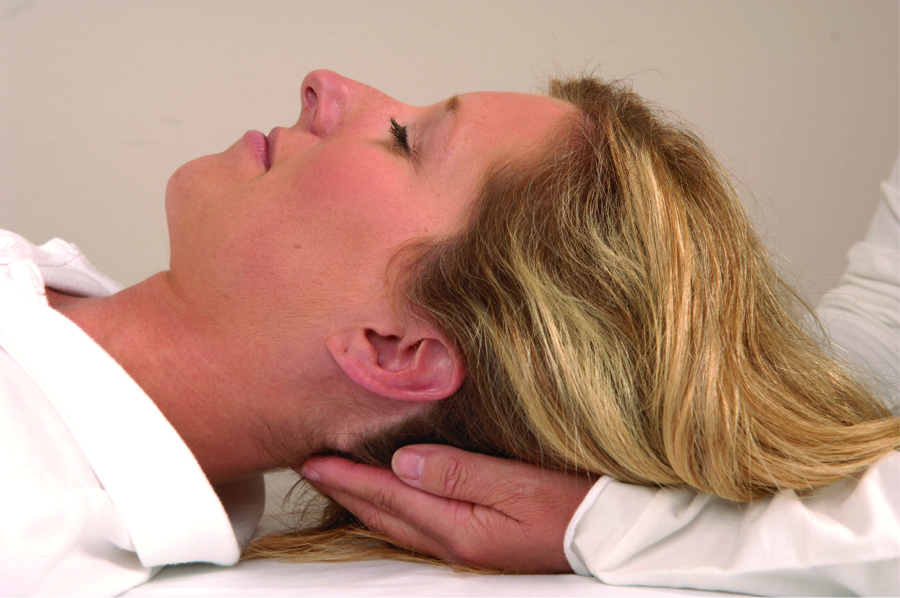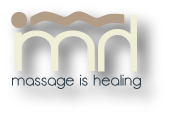 Craniosacral therapy is a gentle, noninvasive method of evaluating and enhancing the function of a physiological body arrangement called the craniosacral system. This manual therapy enhances the body’s natural healing processes and has proven effective in treating a wide range of medical problems associated with pain and dysfunction. The craniosacral system consists of the membranes and cerebrospinal fluid that surround and protect the brain and spinal cord. It extends from the bones of the skull, face, and mouth–which make up the cranium–down to the sacrum or tailbone. Since this system influences the development and function of the brain and spinal cord, any imbalance or dysfunction in the craniosacral system could cause sensory, motor, or neurological disabilities. These problems may include chronic pain, eye difficulties, scoliosis, motor-coordination impairments, learning disabilities, and other dysfunctions of the central nervous system. Craniosacral therapy encourages the body’s natural healing mechanisms to improve the functioning of the central nervous system, dissipate the negative effects of stress, and enhance health and resistance to disease. The craniosacral therapy practitioner uses a light touch to assist the natural movement of fluid within the craniosacral system. Therapists generally use only five grams of pressure, roughly the weight of a nickel, to test for restrictions in various parts of the craniosacral system. It’s often possible for the evaluation alone to remove the restriction and allow the system to correct itself.
Craniosacral therapy is a gentle, noninvasive method of evaluating and enhancing the function of a physiological body arrangement called the craniosacral system. This manual therapy enhances the body’s natural healing processes and has proven effective in treating a wide range of medical problems associated with pain and dysfunction. The craniosacral system consists of the membranes and cerebrospinal fluid that surround and protect the brain and spinal cord. It extends from the bones of the skull, face, and mouth–which make up the cranium–down to the sacrum or tailbone. Since this system influences the development and function of the brain and spinal cord, any imbalance or dysfunction in the craniosacral system could cause sensory, motor, or neurological disabilities. These problems may include chronic pain, eye difficulties, scoliosis, motor-coordination impairments, learning disabilities, and other dysfunctions of the central nervous system. Craniosacral therapy encourages the body’s natural healing mechanisms to improve the functioning of the central nervous system, dissipate the negative effects of stress, and enhance health and resistance to disease. The craniosacral therapy practitioner uses a light touch to assist the natural movement of fluid within the craniosacral system. Therapists generally use only five grams of pressure, roughly the weight of a nickel, to test for restrictions in various parts of the craniosacral system. It’s often possible for the evaluation alone to remove the restriction and allow the system to correct itself.
